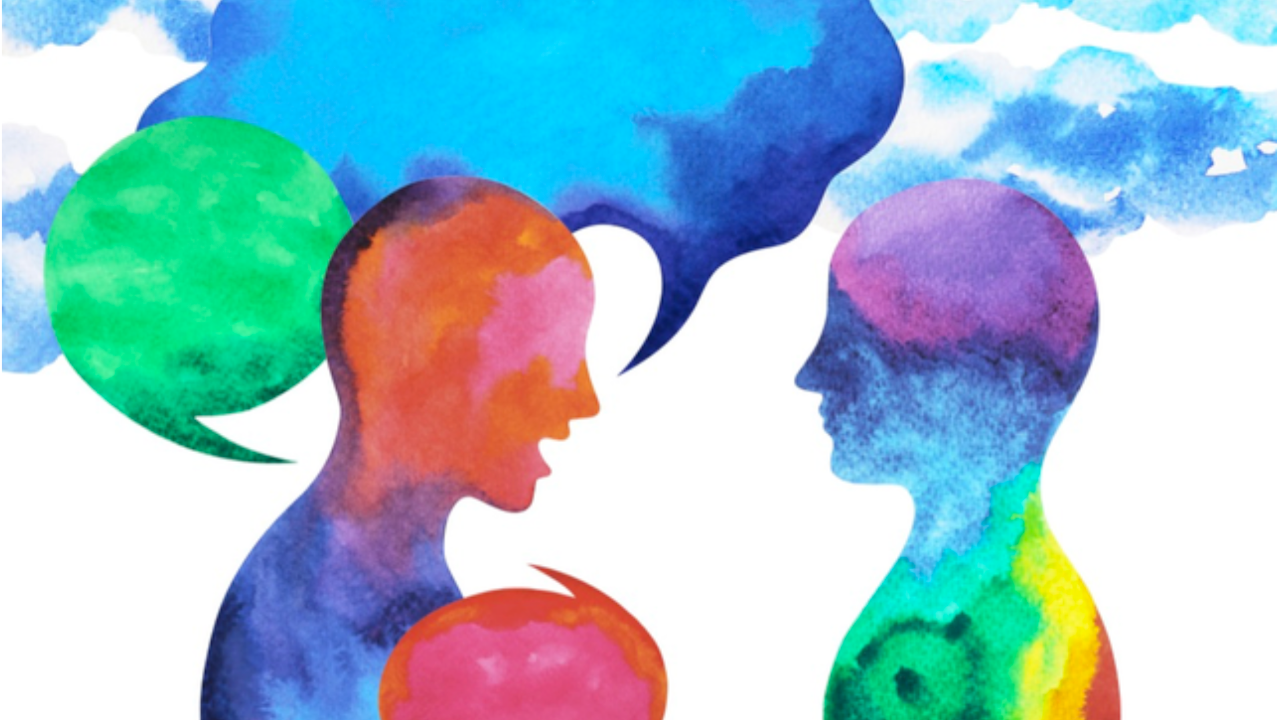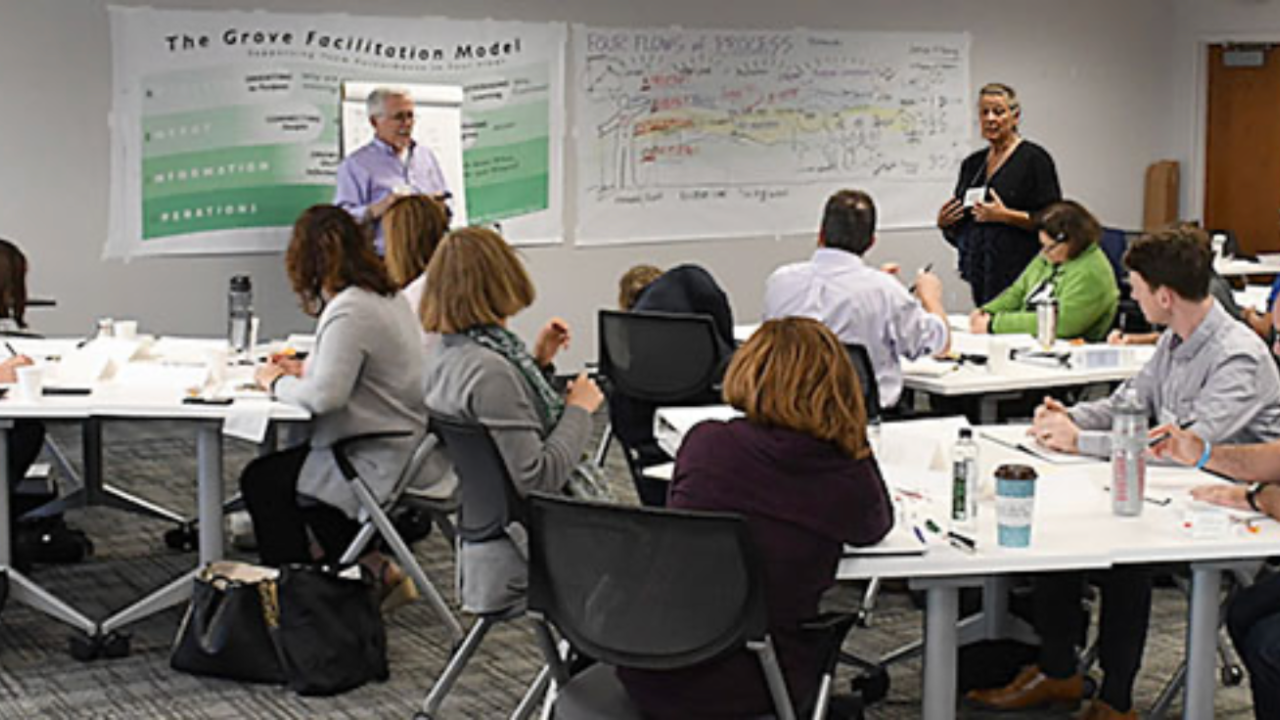Confronting racism and all of its expressions as an active process in our lives is long overdue. I have found that my early expe
...Liminal Pathways Blog
This post introduces several important distinctions regarding types of change that are explored further in The Liminal Pathways St...
As The Grove steps into its own visionary future, I have been turning my attention to what it truly means to commit. The picture a...
“The pandemic and current social uprising changes everything we see, everything we write, and everything we read.”
— Jane ...
The more I try to grasp the many dimensions of the global crisis that has so fundamentally changed our lives, the more I care ab
...A heightened sense of interconnectedness of our human community is awakening around the world. It is an interconnectedness that
...The Sundance Ceremony of the North American Great Plains People (which includes territories of the Cree people in Canada) is a pra...
* How can a person immersed in western society recover an indigenous worldview? What are the ways that indigenous and non-indige...
Recently as part of my role at The Grove Consultants International, I had the opportunity to work with the Metropolitan Council ...
This past fall I went live with my new website giselawendling.com and blog Liminal Pathways. Liminal Pathways is also the title
...









